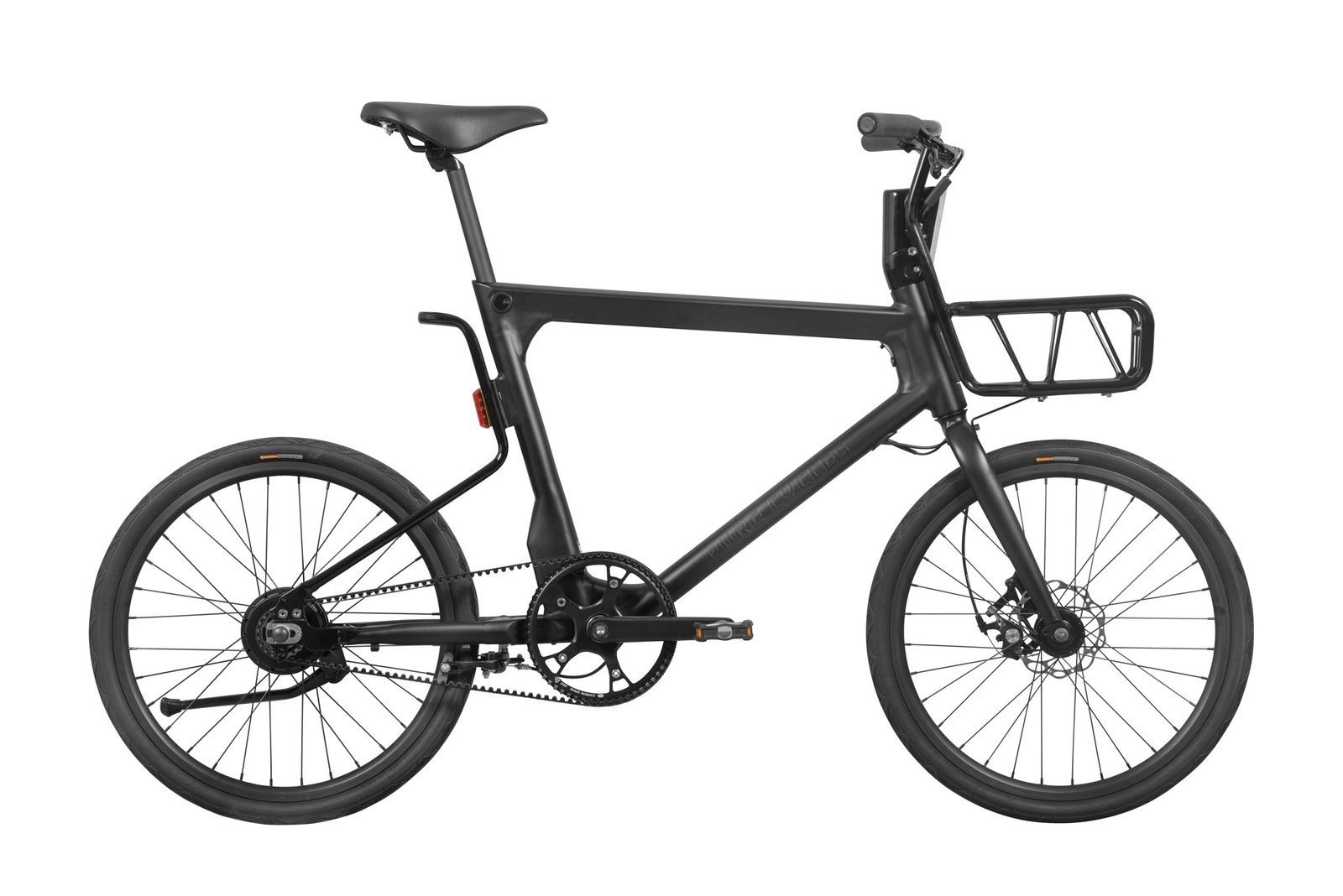Customers adore sensory experiences. In fact, the biggest reason some people choose brick-and-mortar stores over online alternatives is that they want to interact with the physical product before buying. However, augmented reality promises to bring those experiences online. That means that an entirely new group of customers is just an arm’s reach away. It’s time to stop asking if AR will take over eCommerce and start asking when it will be mainstream. AR is revolutionizing eCommerce whether you like it or not. Are you ready?
How AR is Changing eCommerce
In the second quarter of 2018, the average global website conversion rate was only 2.86%, while the average retail conversion rate fell between 20 and 40%. Let’s put those numbers into context. If 100 shoppers entered a store, 20 to 40 would leave with an item. However, if 100 shoppers went onto an eCommerce website, only 3 would actually make a purchase. That’s a huge difference.
Lucky for you and for the consumer, AR will shrink that gap for good. If visitors can visualize the product–just like they can in a store–they will be more likely to buy it. Don’t believe us? When L’Oréal used AR to sell their products online, their conversion rate tripled. And it’s easy to see why. Store visitors can’t try on makeup, but mobile visitors can. AR offers a unique service that gives the eCommerce platform a major edge.
L’Oréal’s results are massive, and they are not unique to the makeup industry. If your eCommerce startup takes the time to strategize appropriately, you can see similar, if not greater, results.
Goals of AR in eCommerce
Not every AR eCommerce app will have the same objective. While L’Oréal’s goal is to boost sales, some companies may want to improve brand awareness, reduce the number of returned items, remove strain from customer service, or just provide customers with a better experience. Each goal will completely redefine the requirements of your AR eCommerce application, so set your goals before you build, not the other way around. Once you figure out what you want, there are three ways to start preparing your eCommerce startup for an AR world:
Method 1. Build a 3D Catalog
Users can’t go to stores? Bring the store to their smartphone! By creating a catalog of 3D objects that users can move around their home, you remove the need for brick-and-mortar stores and drive up your sales.
The most important factor to consider when modeling your products is accuracy. Since users can’t get their hands on the physical product, your goal is to get the model as close as possible. If you designed the product on a 3D CAD program, you can simply export the model as an STL and upload it online. However, you may have to make original models. One way to build a high-quality 3D model is to scan an existing product.
However, a 3D scanner can be a huge investment. Lucky for you, there are lots of other ways to create an accurate 3D model without breaking the bank. For a more DIY approach, you can build a model with lots of photographs and some powerful software. Photogrammetry is a cost-effective and powerful modeling solution.
But both of these tools are very hands-on. If you don’t have any experts on hand, you can always outsource. An expert can build you an accurate model in much less time for a very low cost. Companies like PureCycles can save a lot of time by snapping a few photos and sending them to an expert instead of doing the hard work themselves.
Since the final model has been heavily refined and reviewed, the scale is accurate. This is especially useful when size is a selling point. For instance, PureCycle’s Volta bicycle is especially compact, making it a wonderful candidate for modeling. Here’s an image from the Shopify case study.

While the bike does look small, the photos don’t do it justice. AR allows users to see it in a space and visualize the product before buying it. The model’s accuracy becomes the selling point.
However, it’s not just bikes. IKEA recognizes that it’s hard to buy furniture without tons of measurements and guesswork. But their app, IKEA Place, lets users place furniture in their home. Again, the accuracy of the model is a selling point.
To prepare your startup, don’t worry about getting models of every single product. Start with a nice MVP. Pick the products that benefit most from accurate AR models and move from there.
Method 2. Create an Interactive Manual
An effective eCommerce business never stops at the sale. In fact, high-quality customer service after the sale can set you apart from the crowd much better than any pre-sale service. So don’t get stuck on the AR store; consider how an interactive manual can help your customers.
For instance, have you ever had trouble assembling a piece of IKEA furniture? The negative assembly experience may have even prevented you from purchasing more of their furniture. However, this conceptual app provides a straightforward set of AR instructions.
The app may only be conceptual, but it provides real value to the customer, even after they completed their purchase. It also removes strain from your customer support staff. As a startup, you probably have fewer employees working on customer support than a competing enterprise. Adding an effective AR application to your eCommerce strategy will help you compete more effectively in customer service with fewer employees.
But if that weren’t enough, major enterprises are using AR apps to support their products. Hyundai, for instance, provides a virtual guide to “replace” the user manual.
Remember that eCommerce is not only about the pre-sale experience. Explore how AR can improve your eCommerce startup’s customer service.
Method 3. Try Before You Buy
Ever wished you could sample something before you bought it? With AR, you can, even if you can’t normally try it out. For instance, painting your house is hard. After all, you need to visualize the entire wall as a different color, and sometimes, paint samples don’t go far enough.
But with the Dulux Visualizer app, customers can see what their walls look like in a certain color without using a single drop of real paint.
The beauty of this solution is that it gives the eCommerce store an edge. Normally, customers need to get paint samples to try out different colors, which puts an eCommerce store at a disadvantage. Color samples take time to ship, and a user’s printer may not output the correct color. But with AR, digital customers gain access to a service that retail cannot provide: trying before buying.
Any eCommerce store that sells un-sample able products should explore AR as an opportunity to boost sales. That’s what Sephora did, and it opened up a world of new sales opportunities. Normally, people cannot sample makeup without buying the product first. However, the Sephora Visual Artist app uses makeup face filters to let people sample makeup before buying it.
However, AR sampling is not limited to consumable products. Perhaps one of its most promising applications is in retail fashion. Companies like Gap have invested heavily in the Gap Dressing Room AR app. That way, users can try on virtual clothing from the comfort of their homes. Say goodbye to inaccurate sizing charts; customers can rest assured that clothing will fit.
No matter what you sell on your eCommerce store, customers will be concerned about your product if they don’t get to try it first. With AR, they can try your products after all–as long as you build a high-quality app.
How to Add AR to Your eCommerce Startup
The best AR solution will be different for every eCommerce business. Talk with your team and decide what works best for you. Your strategy is everything. Sometimes, it may be easier to integrate AR into an existing application. Other times, you may want to create an entirely new application from the ground up. But if you don’t plan properly, you’ll spend too much time getting hung up on the SDK and not enough time building a meaningful application. To get the best possible value out of your AR eCommerce app, set requirements and specifications with your team and share them with your development partner. Reach out to us online or drop us a line at 888.221.6509 to throw around ideas. We look forward to hearing from you.
 Reed Steiner
Reed Steiner 











